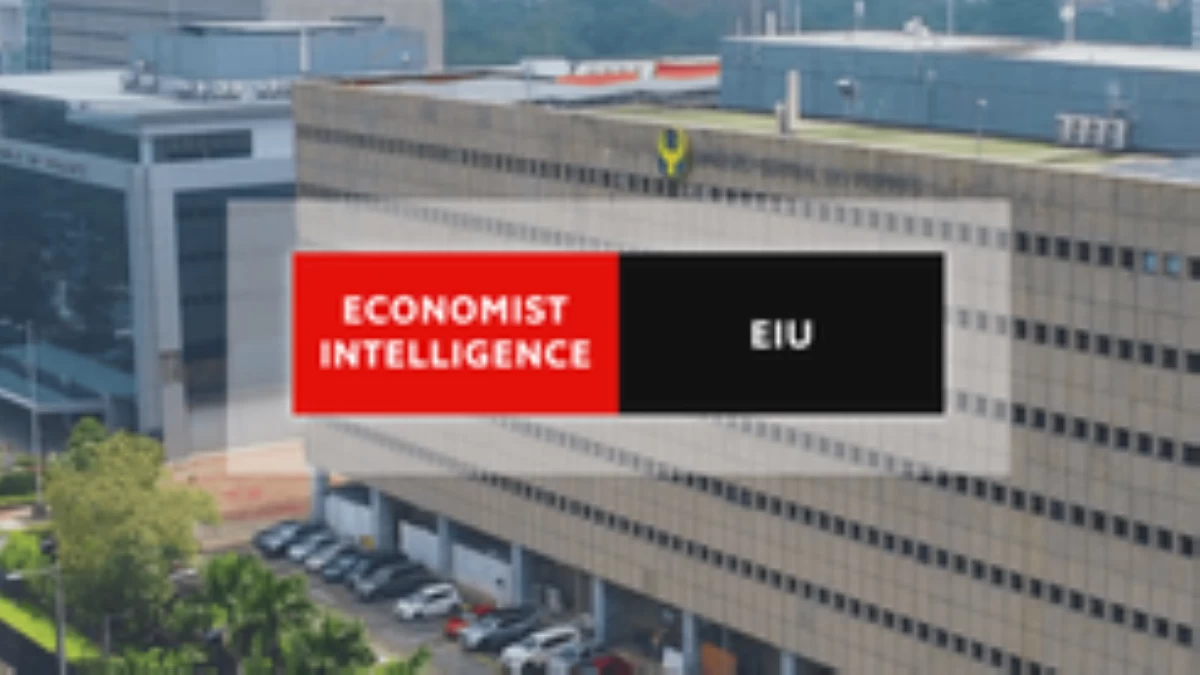
Upgrade to High-Speed Internet for only ₱1499/month!
Enjoy up to 100 Mbps fiber broadband, perfect for browsing, streaming, and gaming.
Visit Suniway.ph to learn
Retrofitting Metro Manila to hide its “spaghetti” wires is near impossible, as the Manila Electric Co. (Meralco) said that the existing underground infrastructure was built only for drainage and water, not for electric cables.
Meralco Head of Networks Froilan J. Savet told reporters that investing in subterranean cabling, while promising fewer congested overhead lines, is only feasible in select areas in Metro Manila.
“We work closely with real estate developers… [That’s why] it’s easier to implement underground with greenfield,” Savet said, referring to new development areas. “The challenge is the brownfield [projects]. When they’re brownfield, they’re already existing facilities… Urban planners designed the cities without considering underground installations,” he explained, noting the initial designs primarily catered to water and drainage.
Underground cabling projects are also costly, coming in at 10 times more expensive than overhead wiring. Most buried projects are initiated by local government units (LGUs) or shouldered by real estate developers. Modern greenfield developments already feature underground cabling, including Bonifacio Global City in Taguig, Rockwell in Makati, and the Mall of Asia in Pasay.
Last year, Mandaluyong City unveiled its Integrated Underground Wiring System (IUWS) project, which aims to place electric and telecommunications cables beneath Maysilo Circle in multiple phases.
Expanding underground cabling to more cities is possible but requires complex coordination among the LGU, developers, the Department of Public Works and Highways (DPWH), and the Metropolitan Manila Development Authority (MMDA).
Meralco is currently planning to expand its projects, identifying financial districts, commercial centers, heritage sites, tourist spots, and areas vulnerable to storms.
“In our case, we have plans in the 1st RP (regulatory period) capital expenditures (CAPEX) of an additional 1,500 circuit kilometer (km) cables, including greenfield [projects],” Savet said, detailing future plans as the utility applies for a new regulatory period.
Implementing the work requires careful civic coordination. “Let’s just hope it’s not flooding, because it’s a challenge,” Savet said. “We need to coordinate with civil works with the flood control projects of the DPWH… Of course, [we’ll talk to] MMDA to manage the traffic because you have to dig the streets… It can be done. It’s not impossible, but it’s a very complex project.”
Savet also stressed that below-ground wiring is not always ideal, noting that restoration work can take much longer in a disaster. He cited that an earthquake damaging roads could also disrupt underground lines, which would take more time to repair than overhead systems.
“It would take too long to restore the power because the facilities are down,” he said. “It’s harder to restore underground [cabling] compared to overhead because you can see the problem already. [Though] the beauty of underground is that it won’t be frequently interrupted because it’s hidden. But once it faces trouble, it will take a longer time to restore.”
He concluded by noting Meralco’s system is 97 percent overhead, which he said is the standard approved by the Energy Regulatory Commission (ERC).

 6 hours ago
1
6 hours ago
1



